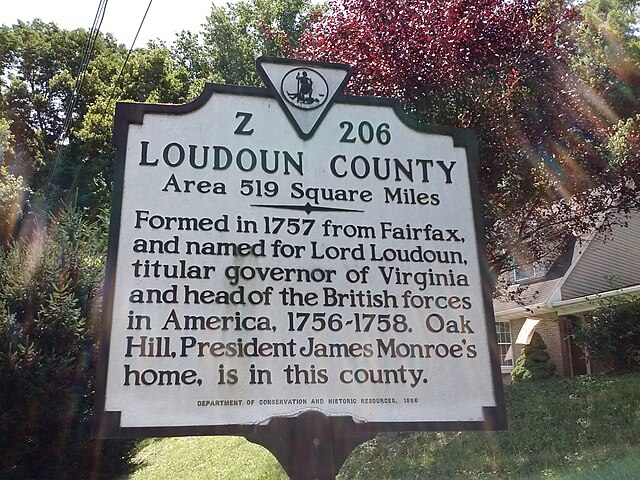The new alignment

The re-election of Trump with the second Republican plurality since 1988 has led to a certain amount of resignation among his opponents compared to 2017 — we aren’t seeing the same mass protests. This might lead some people to conclude that this will hurt the electoral prospects of the out-party, but the first major results of the year don’t show this:
Answered the question: Are Democrats so depressed now that their turnout will fall off?
No. This coalition still votes in every special election, it’s just not making signs and marching like it did https://t.co/LrAlN0ei3I https://t.co/RmfNsP3jpL— David Weigel (@daveweigel) January 8, 2025
This a corollary of Trump’s most important political asset, his ability to mobilize and/or persuade sporadic voters:
This is about *people changing their mind*, not changes in who voted.
This isn't a story about how one side did a better job turning out their voters than another – instead "low turnout voters" as a group became way more Republican. pic.twitter.com/DxmWCLKnOs— David Shor (@davidshor) January 4, 2025
We’re used to think of high-turnout contexts benefitting Democrats, but at this point it’s the opposite. Educational polarization means that the most reliable voters are disproportionately Democratic. Even if people aren’t taking to the streets as much this means a lot of electoral opportunities for Democrats over the next four years. It would be nice if Democratic federal elected officials realized the potential potency of opposition to Trump more consistently.


